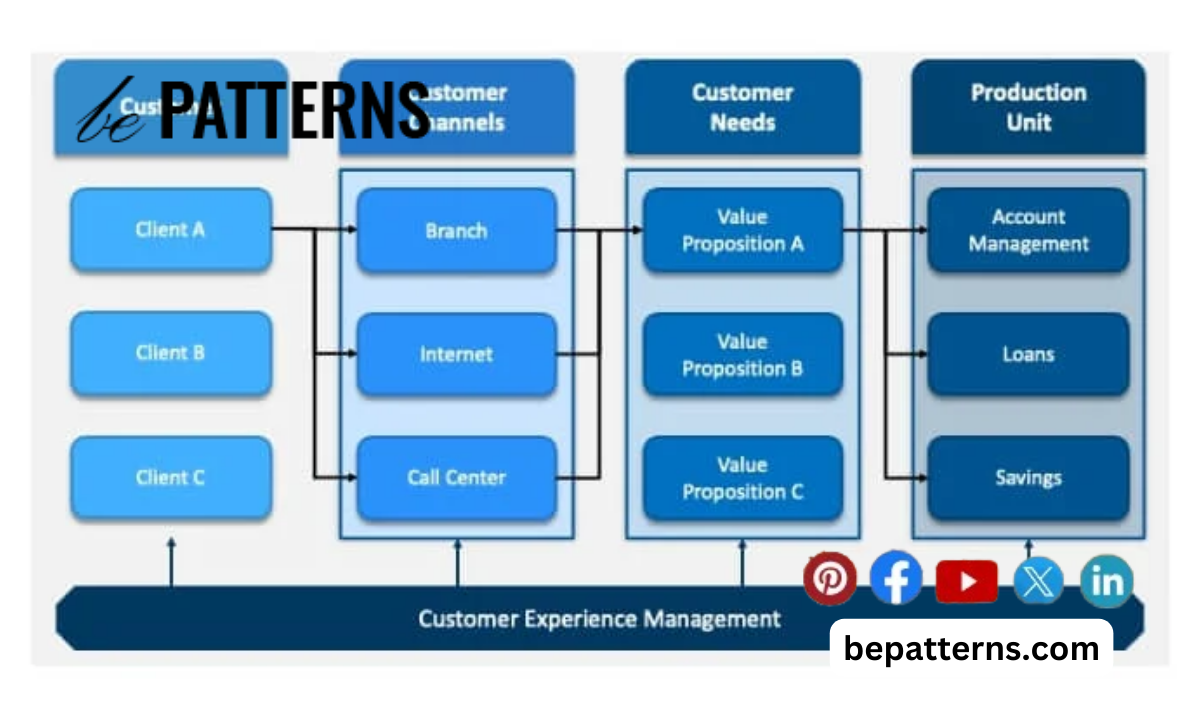The most commonly used design patterns are essential in software design, especially in languages like Java, C#, and Python. These patterns, such as the Singleton, Factory, and Adapter patterns, are fundamental in object-oriented programming. They help improve software architecture by promoting design principles and refactoring. Creational, structural, and behavioral patterns, including the Facade, Observer, and Strategy patterns, offer benefits like efficient design and easier implementation.
Most Commonly Used Design Patterns
Which design pattern is most used? This is a question that many developers have asked and there are a variety of answers to it. In this blog post, we’ll discuss the most commonly used design patterns and why they are so popular. We’ll also provide examples of when and how each pattern should be used. By the end of the post, you should better understand the different design patterns and which is most suitable for your project.

1. Model-View-Controller (MVC)
MVC is one of the most popular design patterns in software development. It divides an application into three parts: the model, the view, and the controller. The model holds the data used in the application and interacts with the database. The view presents the data to the user and includes HTML, CSS, and JavaScript. The controller handles user input, responds to events, and updates the view and model when necessary. This pattern helps separate concerns between the different components, resulting in better organization of code and more efficient development.
MVC has been widely used for web applications since it was first introduced in the 1970s and is now also used for mobile and desktop applications. Over time, many variations of this pattern have emerged such as Model-View-Presenter (MVP), Model-View-ViewModel (MVVM), and Model-View-Intent (VMI). These variations are based on the same core principles but have some differences that make them more suitable for certain use cases.
2. View Presenter (MVP)
Model View Presenter (MVP) is a design pattern commonly used in modern software development. It is a variation of the Model-View-Controller (MVC) pattern which emphasizes the separation between presentation and application logic. MVP consists of the model, the view, and the presenter.
The model contains the data and business logic required for the application. The view is responsible for presenting the model’s data to the user and handling user interactions and input. The presenter acts as an intermediary between the model and the view, providing logic for updating the view with data from the model.
The advantages of using MVP are that it provides better code separation, making it easier to test and maintain. It also allows developers to use a single model with multiple views, allowing them to reuse code more effectively. Finally, it allows more complex user interfaces to be implemented without cluttering the controller layer with presentation logic.
3. Hierarchical Model-View-Controller (HMVC)
The hierarchical Model-View-Controller (HMVC) is a variation of the traditional Model-View-Controller design pattern. It is popular because it provides an easy way for developers to create applications with a hierarchical structure. In an HMVC pattern, each module or sub-module has its own separate Model, View, and Controller components. This makes it easier for developers to manage complex applications as each component can be handled independently.
HMVC is also beneficial for creating applications that are scalable and extensible. It is ideal for developing large-scale applications where multiple developers work on different project sections. With HMVC, developers can easily extend the application by adding additional modules without affecting the existing code.
The main advantage of using an HMVC pattern is that it allows developers to create applications with a clear separation of concerns. By isolating components, developers can better understand how the application works and make changes more easily. This helps make development faster and more efficient.
It is important to note that while HMVC is a powerful and popular design pattern, it is not always the right choice for every application. For smaller projects, a simpler design may be more suitable. Additionally, if an application requires frequent updates, an HMVC pattern may make these updates more difficult. It is important to consider the complexity of your application before deciding which design pattern to use.


